Introduction
In recent years, tattoos have become increasingly popular as a form of self-expression. However, as our tastes and preferences change over time, many individuals find themselves seeking tattoo removal options. Laser tattoo removal has emerged as the most effective and widely-used method to eliminate unwanted tattoos. In this comprehensive guide, we will delve into the world of laser tattoo removal, exploring its benefits, procedure, safety, and effectiveness.
Understanding Laser Tattoo Removal
Laser tattoo removal is a non-invasive procedure that uses specialized lasers to break down tattoo pigments, allowing the body’s immune system to naturally eliminate them. The treatment is considered safe and effective, producing remarkable results without causing significant damage to the surrounding skin.
The Procedure
During a laser tattoo removal session, a trained technician or dermatologist uses a handheld device to deliver pulses of laser energy to the targeted tattoo. The laser selectively targets the tattoo ink, fragmenting it into tiny particles. Over time, the body’s lymphatic system works to flush out these particles, gradually fading the tattoo.
Safety and Effectiveness
Laser tattoo removal has proven to be a safe and effective method for removing tattoos of various sizes, colors, and depths. However, it is important to consult with a reputable and experienced practitioner to ensure optimal results and minimize any potential risks or complications. Laser tattoo removal is generally well-tolerated, with most individuals experiencing only minimal discomfort during the procedure.
Benefits of Laser Tattoo Removal
- Customizable: Laser tattoo removal can be tailored to meet individual needs, allowing for the removal of specific sections or complete eradication of the tattoo.
- Versatile: Laser technology can effectively remove tattoos of different colors, including stubborn pigments like green and blue, which were previously challenging to eliminate.
- Non-invasive: Unlike surgical tattoo removal techniques, laser tattoo removal does not involve incisions or anesthesia, reducing the risk of scarring and infection.
- Minimal Downtime: The recovery period after a laser tattoo removal session is relatively short, allowing individuals to resume their regular activities soon after treatment.
Conclusion
Laser tattoo removal offers a safe, effective, and customizable solution for individuals looking to remove unwanted tattoos. Its non-invasive nature, versatility, and minimal downtime make it a preferred choice for tattoo removal. Remember to consult with a qualified professional to ensure the best results and a smooth removal process. Whether you’re seeking complete eradication or partial modification of your tattoo, laser tattoo removal can help you embark on a clean slate with confidence.

